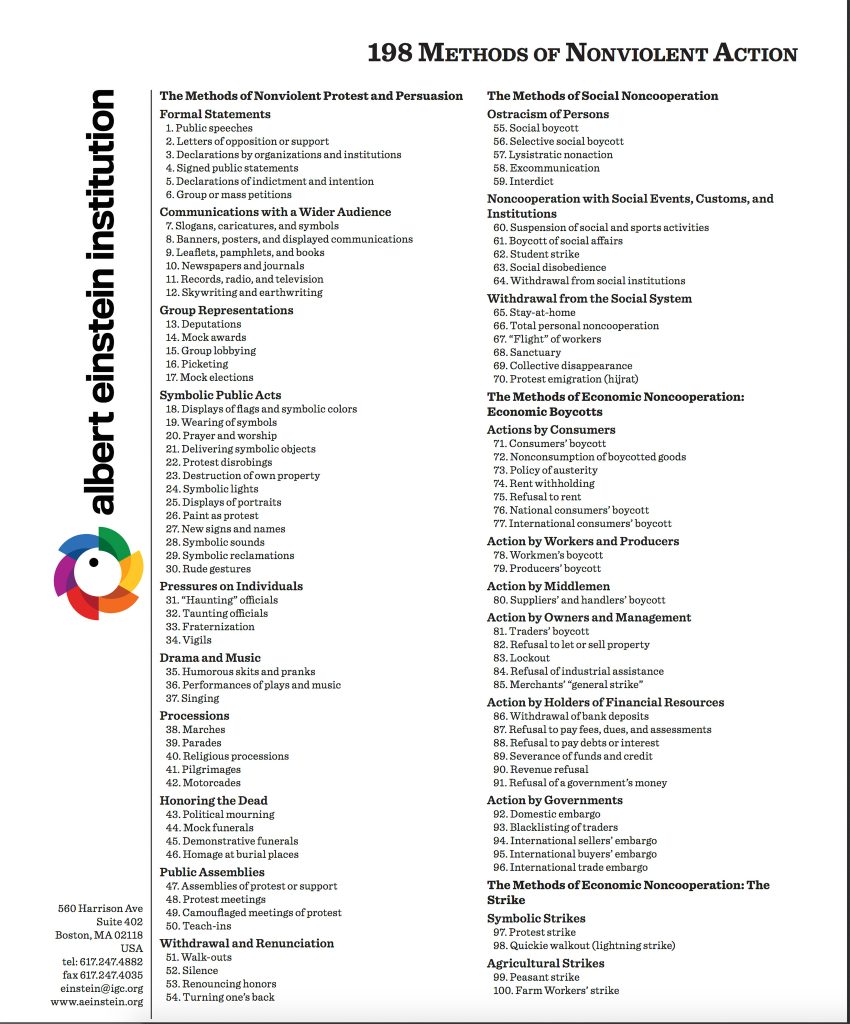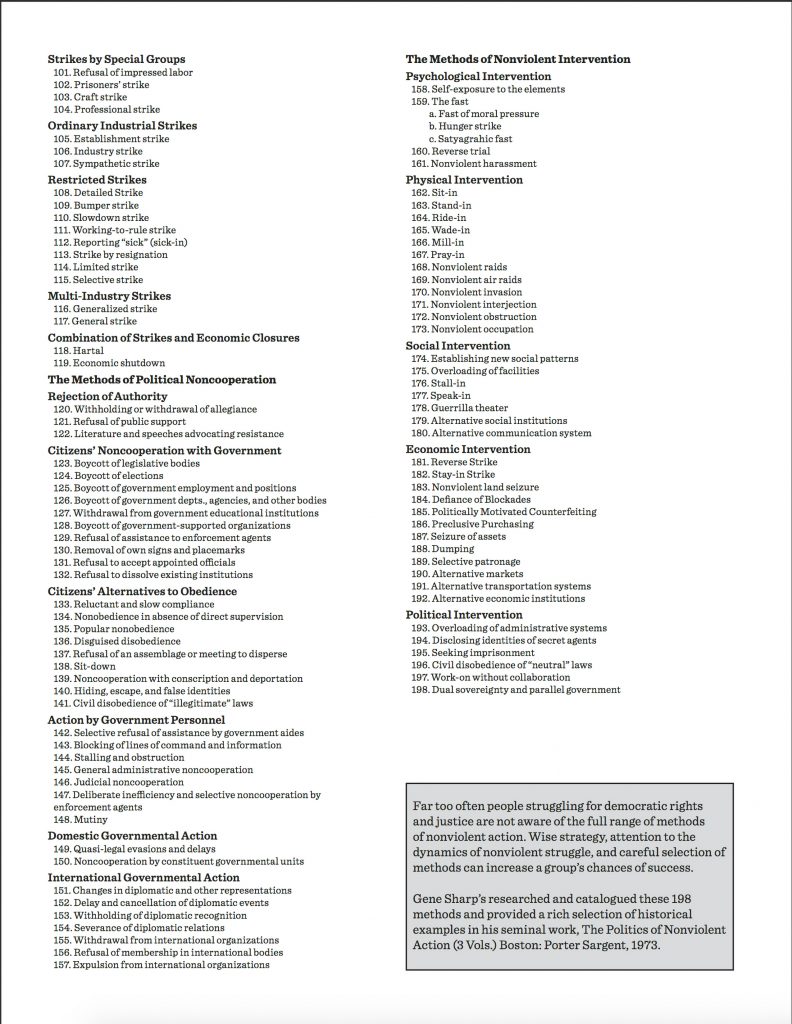Spokane, like many cities in the United State has seen its share of protests over the years. And year after year thousands show up at the Martin Luther King Rally and March. Who’s who of Black Spokane will show up. Black organizations and community centers show up. Church groups show up. Local press shows up. Politicians show up. They are ethnically and economically diverse. In 2011 there was a bomb found along the MLK March route. For the following year thousands more turned out for the march.

One of the current cliches is that we are all in it together. But how is this expressed in terms of social justice? In the constitution it says liberty and justice for all, but Blacks were counted as only 3/5ths of a person. The diversity of the nation has increased through immigration but we still all live in our silos and everyone was not and is not considered equal. One of most segregated organizations are our churches. But now when we are on the verge of a tyranny when everyone is losing their rights suddenly we are all in it together. But our protests are still segregated. The only diverse marches and rallies here in Spokane are the Martin Luther King rally and march in January of each year.
Thousands Turn Out in Spokane and The Nation



Our protests are not diverse. Think of these examples:
Civil Rights Movement (1960s -1970s)
Vietnam War Protests (1960s -1970s)
Environmental Movements (1970s – present)
Indigenous Rights
LGBTQ+ Rights
Black Lives Matter (2010s – present)
Protest Anti-Semitism
Protest Anti-Muslim
Open Housing
Homeless Rights
Economic and Labor Protests
Anti-Trump Protests
Women’s March
How do we all work together? When people leave the meetings and rallies they return to their homogeneous communities. Check out the following links for things that can be done in-between the significant emotional events of major protests.
- https://4comculture.com/choices-now-tyranny-or-revolution
- https://4comculture.com/opportunities-for-white-people-in-the-fight-for-racial-justice
- https://4comculture.com/what-we-can-do-198-methods-of-nonviolent-action
- https://4comculture.com/100-coffee-discussion-groups
- https://4comculture.com/14-principles
198 Methods of Nonviolent Action:
Pass this out at every march, rally and meeting you attend
Practitioners of nonviolent struggle have an entire arsenal of “nonviolent weapons” at their disposal. Listed below are 198 of them, classified into three broad categories: nonviolent protest and persuasion, noncooperation (social, economic, and political), and nonviolent intervention. A description and historical examples of each can be found in volume two of The Politics of Nonviolent Action, by Gene Sharp


